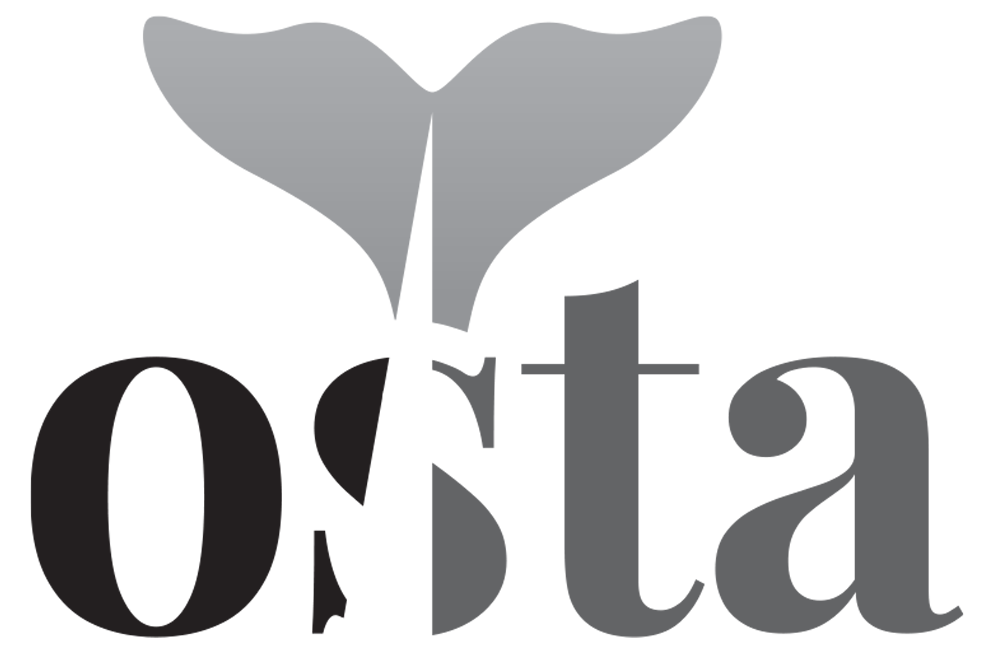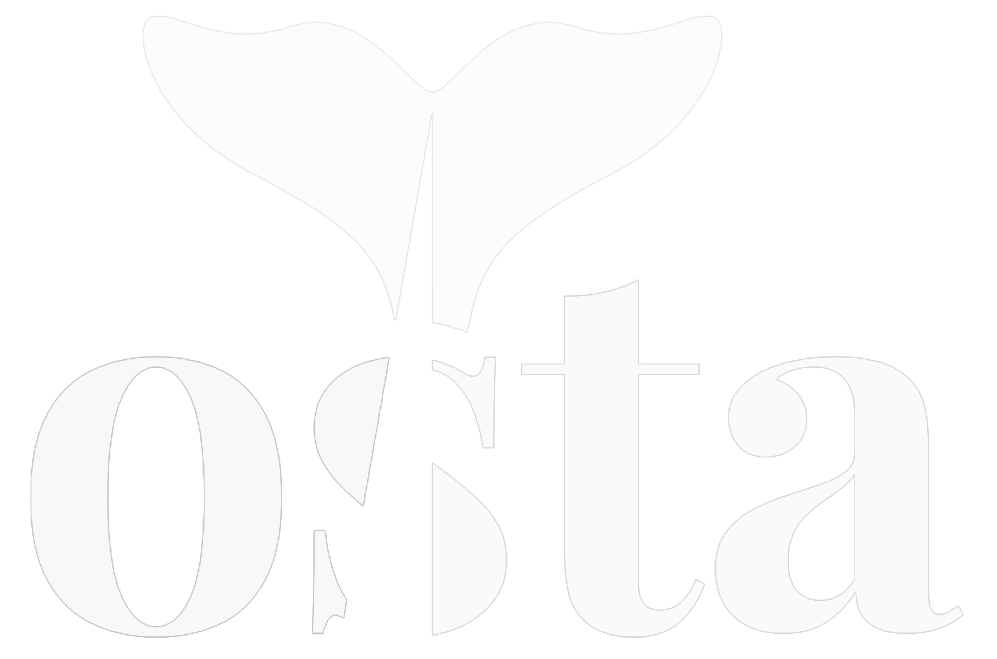Unlocking Animal Happiness
Mandatory Shelter for Grazing Animals to Begin from January 1, 2029
The 2024 Flemish Animal Welfare Code (in Dutch: Vlaamse Codex Dierenwelzijn) includes a mandatory provision for shelter for all outdoor animals. This law, which impacts approximately 800,000 grazing animals in Flanders, requires that animals have access to natural or artificial shelter. After a transition period of five years, the law will be fully implemented from January 1, 2029. Past ambiguities in the law, particularly regarding horses, resulted in inadequate shelter provisions. The new law addresses these issues but still leaves room for interpretation on what constitutes acceptable shelter. To ensure the grazing animals’ welfare, it is crucial to establish clear guidelines defining adequate and effective shelters.
802,679 Animals
345,716 Cows
265,497 Equids
191,466 Sheep and Goats [1]
__
Currently, many grazing animals in Flanders are kept outdoors without access to shelter. [2] The Flemish Animal Welfare Code includes a legal requirement to provide these animals with shelter. This change will notably affect around 802,679 grazing animals in Flanders, including approximately 345,716 cows, 265,497 equids, and 191,466 sheep and goats. The law states:
‘Art. 10 §3. Any person who keeps, cares for, or has to care for an animal ensures that animals kept outdoors have access to natural or artificial shelter.
The Flemish Government may determine the modalities thereof and may provide for exceptions thereto.’ [3]
If implemented, those responsible for grazing animals will have a transition period of five years, until January 1, 2029, to provide shelter in pastures and outdoor areas. Meeting this requirement will involve creating shelters across Flemish pastures, where approximately 800,000 animals graze.
Mandating Suitable Shelter for All Grazing Animals
In recent years leading up to 2029, legislation regarding the provision of shelter for horses has been somewhat ambiguous. This has posed a challenge for law enforcement officers tasked with upholding animal welfare laws. The existing laws are difficult to enforce for horses kept in pastures, as they often lack suitable shelter. The root of this problem lies in a clause within the legislation, stating that shelter for horses is only necessary if they ‘cannot be stabled’.[4] This loophole enables horse owners to exploit the law, claiming that their horse ‘can be stabled’ elsewhere, even if this is not the case, thus evading their responsibility to provide adequate shelter.
The introduction of a clearer obligation, stipulating that horses must always have access to shelter, is a significant improvement that addresses the prior loophole. However, there is still uncertainty in defining what constitutes an acceptable shelter for all types of grazing animals. The phrase ‘natural or artificial shelter’ does not explicitly require the building of a shelter. There’s a possibility that owners might argue the presence of trees in the pasture, despite their limited protection, as sufficient shelter. This could undermine the goal of the regulations, which ideally involves the construction of a proper, man-made shelter.
To resolve this, it’s crucial to establish clear guidelines to ensure that provided shelters are adequate and effective in shielding the animals from harsh weather conditions. These guidelines should specify that the shelter must offer ample space for all animals, including a comfortable and dry area for them to lie down. [5]
[1] For data on the numbers of horses, sheep, and goats in Flanders, please refer to the section titled ‘Flanders, Flemish Animal Population’ . The estimate for the cow population estimate is derived from the key agricultural figures provided by Statbel in their 2022 report, ‘Kerncijfers landbouw’, 16.
[2] Additional context can be found in the Explanatory note of Article 10, Paragraphs 3 and 4, of the Flemish Animal Welfare Code.
[3] Please note, the original version of this code is in Dutch.
[4] The Flemish Animal Welfare Code, Art. 10 §4, stipulates: ‘Equines that are kept outdoors and unable to be stabled must have access to either natural or constructied shelter’. The original text of this code is in Dutch.
[5] The Walloon Animal Welfare Code’s Article D.10 and the draft Brussels Animal Welfare Code’s Article 2.5 offer more detailed shelter requirements than those outlined in the Flemish Animal Welfare Code.


